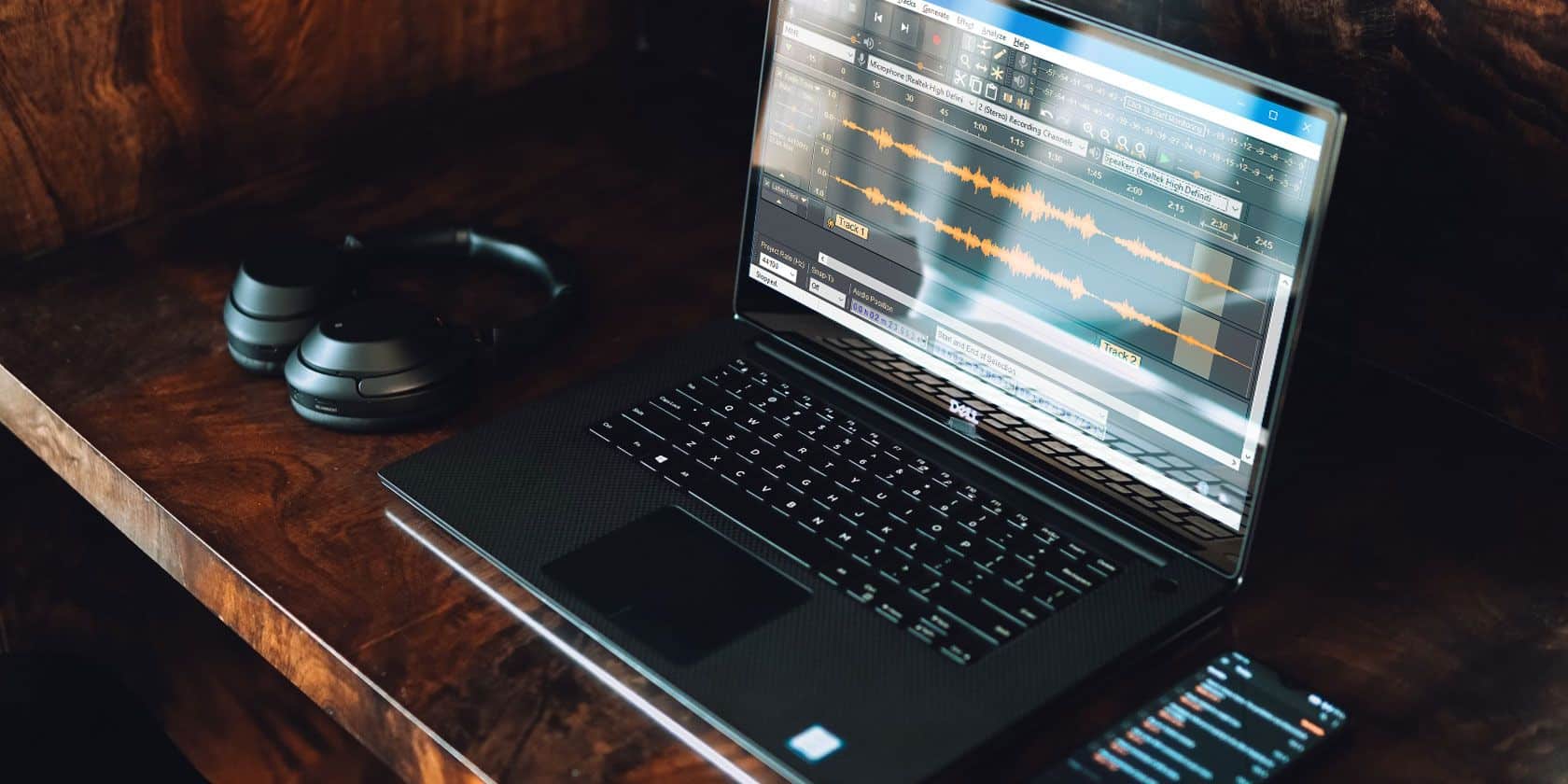Contents
As a feature-rich audio recording/editing program, Audacity allows people to apply changes to various aspects of tracks and volume is not an exception. For most of the time, today’s Audacity users could raise and lower the volume of tracks to their liking. Still, it’s worth pointing out that there is more than one way to change the track volume on Audacity. Naturally, during discussions about Audacity increase volume of selection, the community usually thinks up all sorts of tips and tricks.
How To Increase The Volume In Audacity
You need to increase the volume of your Audacity tracks but don’t know which way works best for you? In that case, you have come to the right place. This article consists of a list of methods that you may use to raise the track volume as you desire.
Amplify
Efficient and effective, Amplify helps Audacity users increase the volume of selected tracks with relative ease. To take the track volume up a notch with Amplify, you need to select the track, choose Effects and click Amplify. Afterward, the Amplify dialog box is going to pop up which permits you to enter the values to increase the volume of selected tracks. Here is everything that you must keep in mind about the dialog box.
- Amplification (dB): The value you enter here determines the amount of amplification that you would like to apply. Following the input of value in Amplification (dB), the value in New Peak Amplitude (dB) should change.
- New Peak Amplitude (dB): The value you enter here dictates the peak amplitude of the selected tracks. Following the input of value in New Peak Amplitude (dB), the value in Amplification (dB) should change.
- Allow Clipping: If you check the box, you could enter whatever value you like in Amplification (dB). However, if you leave the box unchecked, the OK button would be disabled when the value in New Peak Amplitude (dB) exceeds 0 dB.
- Manage: Contains a dropdown menu that lets you control the presets for the tool.
- Preview: Play a sample of the result of the amplification. The default length is six seconds but you always have the option of shortening/extending it: pick Edit, choose preferences and click Playback.
Normalize
Similar to Amplify, Normalize proves handy once it comes to increasing the volume of selected tracks on Audacity. You could make use of Normalize in the same way as Amplify: select the track, choose Effects and click Normalize. Subsequently, the Normalize dialog box would appear and present you with a couple of checkboxes and a spot to input value. Take a look at the following to understand the meaning of features of the dialog box.
- Remove DC offset (center on 0.0 vertically): If checked, it’s going to get rid of DC offsets in the selected tracks by centering the waveform on the 0.0 amplitude level. You worry about clicks, distortion, headroom and so on? Then it’s strongly recommended that you check the box.
- Normalize Maximum Amplitude to: By checking the box and entering the value, you should be able to increase the maximum amplitude of the selected tracks. It’s noteworthy that 0 is the highest value that you may enter. If you enter a positive value, OK and Preview buttons would be disabled.
- Normalize stereo channels independently: It’s left unchecked by default and if you hit the OK button, Normalize automatically changes the left and right channels by the same amount. In the case that you check the box before hitting OK, Normalize is going to change the channels separately. Usually, Audacity users that have to correct unbalanced tracks find the feature useful.
- Manage: Contains a dropdown menu that lets you control the presets for the tool.
- Preview: Play a sample of the result of the amplification. The default length is six seconds but you always have the option of shortening/extending it: pick Edit, choose preferences and click Playback.
Envelope Tool
For your information, each of the tracks on Audacity features an amplitude envelope that users could manipulate via the Envelope Tool. By taking advantage of the Envelope Tool, you would be able to modify the loudness of your tracks.
In the beginning, import the track that you want to increase the volume into Audacity. Next, hit the Envelope Tool symbol (a line that is sandwiched between arrows) on the Tools Toolbar which causes blue borders to appear. Now you need to click where you like to increase the volume to add control points (circles). To raise the volume, all you have to do is drag one of the inner circles away from the center of the track.
Note: If you increase the volume too much, Audacity could have a hard time displaying the envelope in its entirety. In areas with excessive adjustments, Audacity is going to use dotted lines to ease identification. That being said, it’s possible to view the complete envelope if you zoom out vertically.
FAQs
How do I raise the volume of multiple tracks simultaneously?
To increase the volume of more than one track at once, it’s widely advised that you use either Amplify or Normalize. If you choose Amplify, the volume of selected tracks would be increased by the same amount. On the other hand, if you opt to go with Amplify, the volume of selected tracks would rise to the same level. Take some time to think about the way Amplify and Normalize work to determine which one suits you most.
Is it possible to use Amplify and Normalize to lower the volume?
When a need arises, you may use Amplify as well as Normalize to decrease the volume of your tracks. For instance, by entering a negative value in the Amplify dialog box, you should be able to lower the volume with relative ease. You wish to quiet a portion of your tracks? Then it’s suggested that you choose Edit, pick Remove Special and click Silence Audio.
What plug-ins could I use to level volume differences?
At the moment, Audacity is capable of integrating quite a few plug-ins that provide users with extra features. Nonetheless, if you like to level differences in the volume of tracks, you should consider using The Levelator 2, Chris’s Compressor and so on. Compared to the built-in effects of Audacity, the plug-ins help save a lot of time and effort during the leveling of volume.

Hi music fan! I am Jeff. Hope that you enjoy some stuff I shared here in my personal blog.
About myself, Currently I am in charging as Artist Manager/Music Supervisor at 72 Music Management. I did managed album to Grammy Award in 2017 with 7 Nominations from 2014-2020 and had the opportunities to work with : A.J. Croce, Blind Boys of Alabama, Bobby Rush, Dom Flemons, Dustbowl Revival, Sarah Grace
Governor of the Memphis Chapter of The Recording Academy is one of a award that I am lucky to achieved.



